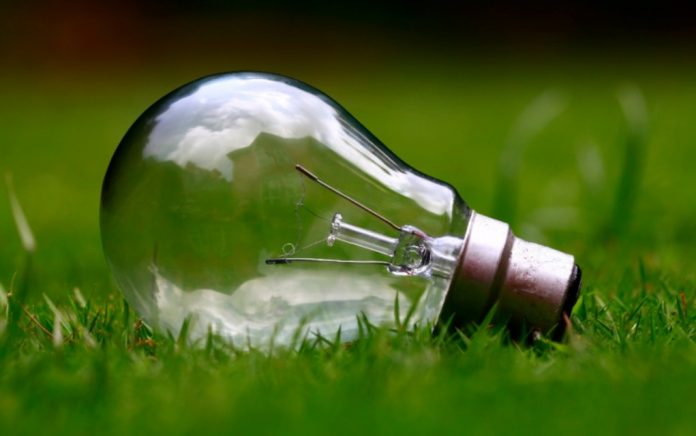By Richard Renwick
While many of us are worried about the effect climate change is having on the planet, as a business owner, you always need to put your bottom line first. However, it’s important to understand that the two aren’t mutually exclusive. In fact, reducing your business’s carbon footprint often goes hand in hand with slashing your expenses. In this article, I’ll walk you through how a focus on energy efficiency throughout your business will help reduce your expenses and increase your profit margins.
Analyse your expenses
Here at Brushtec, a lot of our clients were affected by the economic downturn, and our sales dried up as a result. With less money coming in to the business, we turned to our expenses and set about figuring out how we could get them as low as possible. As a manufacturer, energy is one of our biggest costs each month, so this was the first area we looked at.
After a review of our monthly energy use, it became clear that we could make some big savings on lighting by investing in the right tech. According to our calculations, switching to LED bulbs would significantly cut costs and pay itself back several times over through the years.
The initial investment wasn’t cheap, with each bulb costing £100. However, after a year the energy-efficient bulbs had paid for themselves, and they represent nothing but savings from now on. They’ve also reduced our monthly CO2 emissions by a massive 9,000kg each month, putting a big dent in our carbon footprint.
A slow period gave us the incentive to look at our outgoings and make energy-saving changes that we’re going to benefit from for years to come. However, any business would be well advised to regularly analyse its expenses and research eco-friendly alternatives. This can not only shave thousands off your bills, but also significantly reduce your carbon footprint.
Identifying opportunities to cut costs
After the success of replacing our outdated incandescent bulbs, we started looking for other ways to improve our energy efficiency. We added thermal cladding to our factory to improve heat retention and fitted new 93% efficient gas-fired air heaters to keep bills as low as possible.
Next, we installed solar panels and ground source heat pumps onto our premises in order to take advantage of renewable energy sources. Our solar PV system helps offset our energy costs, while our heat pumps take natural warmth from the earth and use it to heat our factory in the colder months.
All of these efforts combined have reduced our monthly energy bills from around £5,000 to just £3,000. Going through this process with your own business will help you make similar savings, especially if you’re a manufacturer.
Don’t overlook the small gains
Of course, while investing in eco-friendly tech will yield massive results, you can make some big savings from even the smallest of changes. For example, this site recently reported that nearly a third of UK businesses have no plans to go paperless by 2020. If you ditch paper in favour of digital documents, you’ll not only do your bit for the planet, but also make it easier to share and store important documents, improving productivity throughout your company.
Little changes like this add up to a much lower monthly expense bill, so it’s important not to overlook small but effective tweaks in your haste to adopt the next bit of green tech.
By taking a close look at your expenses and asking where energy-saving initiatives and technology could help reduce them, you can boost your bottom line while doing your bit to combat climate change. So, if you’re wondering how to fine-tune your business, it might be worth looking at your outgoings before anything else.
Richard Renwick is the Managing Director of industrial brush manufacturer Brushtec, an SME that has significantly increased its profit margins through some clever green initiatives.


